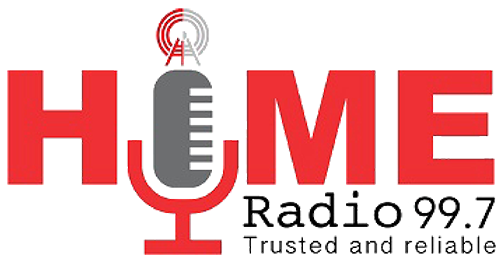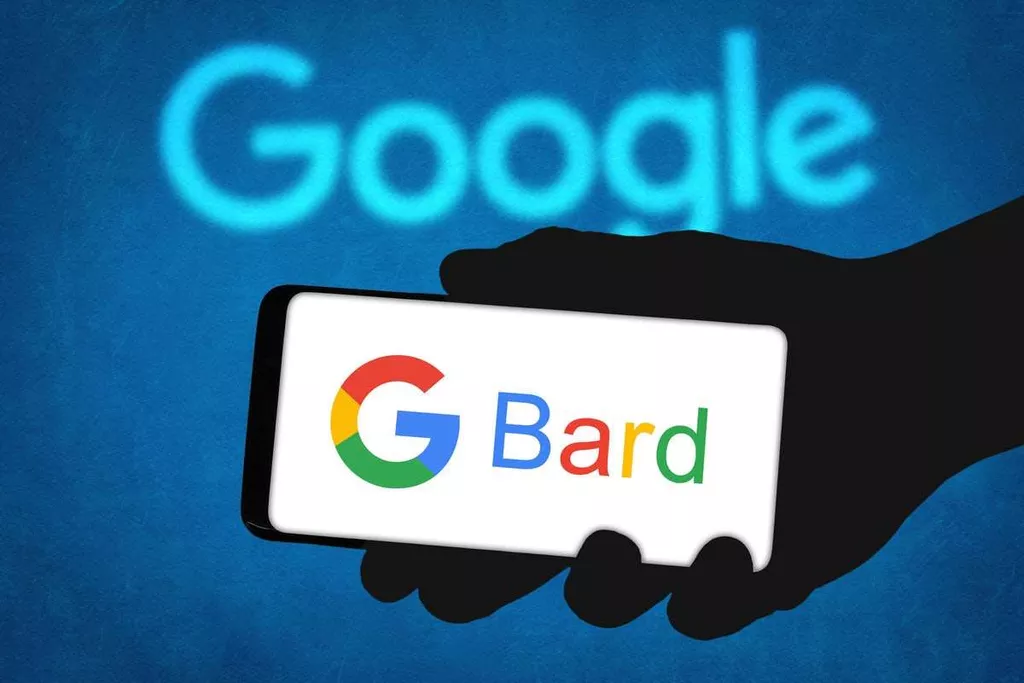7 Best Chatbots in Healthcare That Enhance the Patient Experience

The increasing adoption of smartphones and increased internet penetration are the primary drivers of demand for such solutions among patients and healthcare providers. To educate someone, you need to understand what is their level of understanding and provide the information accordingly. In the healthcare industry, medical chatbots can educate the masses regarding preventive measures for various diseases, the importance of exercising, or similar topics.
Patients can chat with the bot, reply to the instant questions that pop up and rate their overall experience. Whether someone wants to know how to deal with a situation or how to proceed with a prescription, people immediately call the healthcare providers for assistance. The chatbot asks a bunch of questions usually asked during initial therapy sessions and allows patients to understand their emotions better.
What is an example of using AI chatbots in healthcare?
It can simplify your experience and make it easier for folks to get the help they need when they’re not feeling their best. We have already discussed even if you have to get a response over the Internet you will have to fill out a questionnaire but AI Chatbots in Healthcare can answer questions in real-time saving time. The patient virtual assistant then stores this information in your system, which can be time-saving for doctors in an emergency.
- Bots are ready 24 hours a day to interact with clients and offer quicker support.
- Hence, for a healthcare organization, using chatbots for scheduling will reduce the staff’s workload and eliminate “overbooking” which happens because of human error.
- The employment of chatbots in the healthcare industry has shown to be an excellent remedy for the issue.
- Clinical data is the most important resource for health and medical research.
- Design the conversational flow of the chatbot to ensure smooth and intuitive interactions with users.
- The construction of such ethical frameworks will take time because it is dependent on patients’ feedback and robust updating of the chatbot itself.
Algorithms are continuously learning, and more data is being created daily in the repositories. It might be wise for businesses to take advantage of such an automation opportunity. Patients can access your healthcare chatbots anytime, supporting patients whenever and wherever needed. This can be especially beneficial for patients with urgent questions or concerns outside regular business hours or those in different time zones.
Ready to transform your healthcare experience?
Public datasets are used to continuously train chatbots, such as COVIDx for COVID-19 diagnosis, and Wisconsin Breast Cancer Diagnosis (WBCD). The healthcare industry is highly regulated, and chatbots must comply with a variety of laws and regulations. For example, the Health Insurance Portability and Accountability Act (HIPAA) imposes strict requirements on how patient data can be collected, used, and shared. Chatbots that collect or store patient data must take these requirements into account to avoid violating HIPAA. Chatbots can be used on social media to help answer questions and make users feel more comfortable with their healthcare decision. They are ideal for answering questions that people have about insurance, prescriptions, and health-related matters.
What are the biggest problems with chatbots?
- Not identifying the customer's use case.
- Not understanding customer emotion and intent.
- The chatbot lacks transparency.
- When customers prefer human agents.
- Not able to address personalized customer issues.
- Lacking data collection and analysis functions.
- Not aligning with the brand.
Be it patients, medical staff, practitioners, or someone else, healthcare is the focus. Oriented toward mental health, Youper’s AI monitors and improves emotional health through personalized conversations and psychological techniques based on the latest scientific research. Users can also take advantage of personalized meditation recommendations as well as tools for tracking mood and emotional health. The more users interact with the chatbot, the more it refines its personalized approach to mental health. Chatbots aid patients to manage their own care and increase engagement in treatment procedures.
Get Unlimited Access!
Better informed patients and a proactive relationship with their provider leads to overall improved health, awareness, and streamlined service. With chatbots stepping up to help healthcare providers during the Pandemic, it paved the way for different types of chatbots. Each were designed to meet specific needs and requirements in the healthcare industry. Chatbots are the tool that helps healthcare software the most because they process the patient’s natural language to determine their requirements. The information that has been programmed into it and machine learning techniques allow for this.
Google and Mayo Clinic Partner to Infuse AI Into Health Care – CNET
Google and Mayo Clinic Partner to Infuse AI Into Health Care.
Posted: Wed, 07 Jun 2023 16:59:00 GMT [source]
Essentially, medical chatbots should have a set of distinctive capabilities to ensure the required service level and accuracy, which is critical to the industry. These features may include voice assistance, a knowledge center, appointment scheduling, a 24/7 presence, and much more. Whether it’s customized telemedicine software, custom healthcare solutions, or HIPAA-compliant chatbots, Jelvix developers have the best experience to help you with everything technology related! Talk with our experts on how to make the most of chatbot solutions in healthcare. For most healthcare providers, scheduling questions account for the lion’s share of incoming patient inquiries. In this case, introducing a chatbot saves patients from filling out dozens of forms and simplifies the entire booking process.
Personalized health recommendations
More precise reactions are essential when assessing the symptoms, and NLP can aid with that. The world faced immense challenges when the cases started to rise, and no one knew how to confront them. Thanks to the technology that kept the world running, even in the toughest of times. Here are a few ways Covid-19 helped the governments and healthcare organizations in managing the situation. A chatbot healthcare app can make the whole process convenient where you can submit all the information.
Service-provided classification is dependent on sentimental proximity to the user and the amount of intimate interaction dependent on the task performed. This can be further divided into interpersonal for providing services to transmit information, intrapersonal for companionship or personal support to humans, and interagent to communicate with other chatbots [14]. The next classification is based on goals with the aim of achievement, subdivided into informative, conversational, and task based. Response generation chatbots, further classified as rule based, retrieval based, and generative, account for the process of analyzing inputs and generating responses [16]. Finally, human-aided classification incorporates human computation, which provides more flexibility and robustness but lacks the speed to accommodate more requests [17]. Healthcare chatbots are artificial intelligence based used interfaces that are employed to create a conversation medium between a machine and a human.
Inadequate human interaction
The point of the empathy experiment wasn’t to show that ChatGPT could replace a physician or a nurse. Our for-profit healthcare system doesn’t hire enough doctors and nurses, and it expects the ones it does hire to treat more and more patients, assembly-line style. The non-healthcare industries are setting the bar for healthcare providers. As such, patient engagement is an integral part of the equation of solving both the cost problem and improving the patient/provider relationship.
- Patients can chat with the bot, reply to the instant questions that pop up and rate their overall experience.
- They use it as a means to gather personal information about their customers and patients to improve their services.
- It’s a total game changer that helps cut down on wait times, provides better access to care, and leads to a more positive healthcare experience for everyone.
- The company’s website defines the tool as a “mental health ally.” This app is free to use and can be accessed through the app store, and it’s really worth trying.
- Care bots can seamlessly create a patient profile in the background by asking several questions like name, age, gender, address, symptoms, health issues, current doctor, and insurance details.
- But as things settled down and everything went back to normal, it gave a trailer to the government and the healthcare facilities how vulnerable current practices are.
However, this also means that many companies rely on big data and AI to provide their services. They use it as a means to gather personal information about their customers and patients to improve their metadialog.com services. They’re the new standard in customer service and offer many benefits over the traditional human-centric approach. Healthcare chatbots have several advantages over other forms of automation.
Remote Access
Healthcare product providers should also bear in mind that customers in this field are frequently irritated and anxious, thus a badly worded answer might lead to a more distressing experience than in other industries. The therapist often spends about a third of the total appointment time collecting anamnesis. For doctors, this adds up to much time saved over the course of an average day.
Chatbots can become the personal nurse for patients that remind them to take their medications, and provide a short consultation on their symptoms when it is implemented with the medical database. Chatbots will make a huge difference by gathering a patient’s data like name, address, insurance details and diagnosis. The symptom checker chatbot helps the medical staff to monitor the patient’s state and do the diagnostic procedure while gathering a patient’s personal information. The healthcare bots are based on an algorithm of AI in the healthcare industry that has a vast amount of health data, including data about diseases, diagnosis, treatments and their potential markers.
Reduce Administrative Tasks for Hospitals
Such symptom checkers also impart health tips and related articles to their users. ScienceSoft has used PostgreSQL in an IoT fleet management solution that supports 2,000+ customers with 26,500+ IoT devices. We’ve also helped a fintech startup promptly launch a top-flight BNPL product based on PostgreSQL.

What are the major use cases of robots in the healthcare industry?
- Food transport and supply support.
- Cleaning or disinfection tasks.
- Storage and distribution of medicines.
- Surgical assistance.
- Administrative and logistical tasks that are routine and burden the healthcare workers.
- Tele-assistance.






